Data Processor:
LinkedIn
Purpose:
Supports online marketing by collecting information about the users to promote products through partners and other platforms.
Data Processor:
https://www.linkedin.com/legal/privacy-policy
Privacy Policy:
Expiry:
a year
Name:
bcookie
Provider:
.linkedin.com
Data Processor:
Leadfamly
Purpose:
Supports online marketing by collecting information about the users to promote products through partners and other platforms.
Data Processor:
https://playable.com/privacy-policy-for-playable-aps/
Privacy Policy:
Expiry:
a few seconds
Name:
_lfa_test_cookie_stored
Provider:
.renew.com
Data Processor:
Microsoft, Bing
Purpose:
Identifies unique web browsers visiting Microsoft sites. These cookies are used for advertising, site analytics, and other operational purposes.
Data Processor:
https://privacy.microsoft.com/en-us/privacystatement
Privacy Policy:
Expiry:
a day
Name:
_uetsid
Provider:
.renew.com
Data Processor:
LinkedIn
Purpose:
Supports online marketing by collecting information about the users to promote products through partners and other platforms.
Data Processor:
https://www.linkedin.com/legal/privacy-policy
Privacy Policy:
Expiry:
a day
Name:
lidc
Provider:
.linkedin.com
Data Processor:
Facebook
Purpose:
Supports online marketing by collecting information about the users to promote products through partners and other platforms.
Data Processor:
https://www.facebook.com/privacy/policy/?entry_point=data_policy_redirect&entry=0
Privacy Policy:
Expiry:
Session
Name:
lidc
Provider:
www.facebook.com
Data Processor:
Youtube, Google
Purpose:
Collects information about the users and their activity on the website through embedded video players with the purpose of delivering targeted advertising.
Data Processor:
https://policies.google.com/technologies/partner-sites?hl=en
Privacy Policy:
hl=en
Expiry:
Session
Name:
YSC
Provider:
.youtube.com
Data Processor:
Youtube, Google
Purpose:
Collects information about the users and their activity on the website through embedded video players with the purpose of delivering targeted advertising.
Data Processor:
https://policies.google.com/technologies/partner-sites?hl=en
Privacy Policy:
hl=en
Expiry:
2 years
Name:
Consent
Provider:
.youtube.com
Data Processor:
Google
Purpose:
Remember your recent searches, your previous interactions with an advertiser's ads, or search results, and your visits to an advertiser's site to show you customized ads on Google.
Data Processor:
https://policies.google.com/technologies/partner-sites?hl=en
Privacy Policy:
hl=en
Expiry:
2 years
Name:
Consent
Provider:
google.com
Data Processor:
Google
Purpose:
Supports the integration of a third-party platform on the website to deliver targeted advertising.
Data Processor:
https://policies.google.com/technologies/partner-sites?hl=en
Privacy Policy:
hl=en
Expiry:
3 months
Name:
_gcl_au
Provider:
renew.com
Data Processor:
Twitter
Purpose:
Supports online marketing by collecting information about the users to promote products through partners and other platforms.
Data Processor:
https://twitter.com/en/privacy
Privacy Policy:
Expiry:
2 Years
Name:
muc_ads
Provider:
.t.co
Data Processor:
Twitter
Purpose:
Supports online marketing by collecting information about the users to promote products through partners and other platforms.
Data Processor:
https://twitter.com/en/privacy
Privacy Policy:
Expiry:
2 Years
Name:
personalization_id
Provider:
.twitter.com
Data Processor:
Microsoft, Bing
Purpose:
Identifies unique web browsers visiting Microsoft sites. These cookies are used for advertising, site analytics, and other operational purposes.
Data Processor:
https://privacy.microsoft.com/en-us/privacystatement
Privacy Policy:
Expiry:
a year
Name:
MUID
Provider:
.bing.com
Data Processor:
Google Marketing Platform
Purpose:
Used for online marketing by collecting information about the users and their activity on the website. The information is used to target advertising to the user across different channels and devices.
Data Processor:
https://privacy.microsoft.com/en-us/privacystatement
Privacy Policy:
hl=en
Expiry:
a year
Name:
IDE
Provider:
.doubleclick.net
Data Processor:
Youtube, Google
Purpose:
Collects information about the users and their activity on the website through embedded video players with the purpose of delivering targeted advertising..
Data Processor:
https://policies.google.com/technologies/partner-sites?hl=en
Privacy Policy:
hl=en
Expiry:
2 years
Name:
CONSENT
Provider:
.youtube-nocookie.com
Data Processor:
LinkedIn
Purpose:
Supports online marketing by collecting information about the users to promote products through partners and other platforms.
Data Processor:
https://www.linkedin.com/legal/privacy-policy
Privacy Policy:
Expiry:
a year
Name:
bscookie
Provider:
.www.linkedin.com
Data Processor:
LinkedIn
Purpose:
Supports online marketing by collecting information about the users to promote products through partners and other platforms.
Data Processor:
https://www.linkedin.com/legal/privacy-policy
Privacy Policy:
Expiry:
a month
Name:
UserMatchHistory
Provider:
.linkedin.com
Data Processor:
Leadfeeder
Purpose:
Collects information about the users and their activity on the website. The information is used to track and analyze user behaviour and to deliver targeted advertising.
Data Processor:
https://www.leadfeeder.com/privacy/
Privacy Policy:
Expiry:
a year
Name:
_lfa
Provider:
.renew.com
Data Processor:
Youtube, Google
Purpose:
Collects information about the users and their activity on the website. The information is used to track and analyze user behaviour and to deliver targeted advertising.
Data Processor:
https://policies.google.com/technologies/partner-sites?hl=en
Privacy Policy:
Expiry:
6 months
Name:
Visitor_Info1_Live
Provider:
.youtube.com
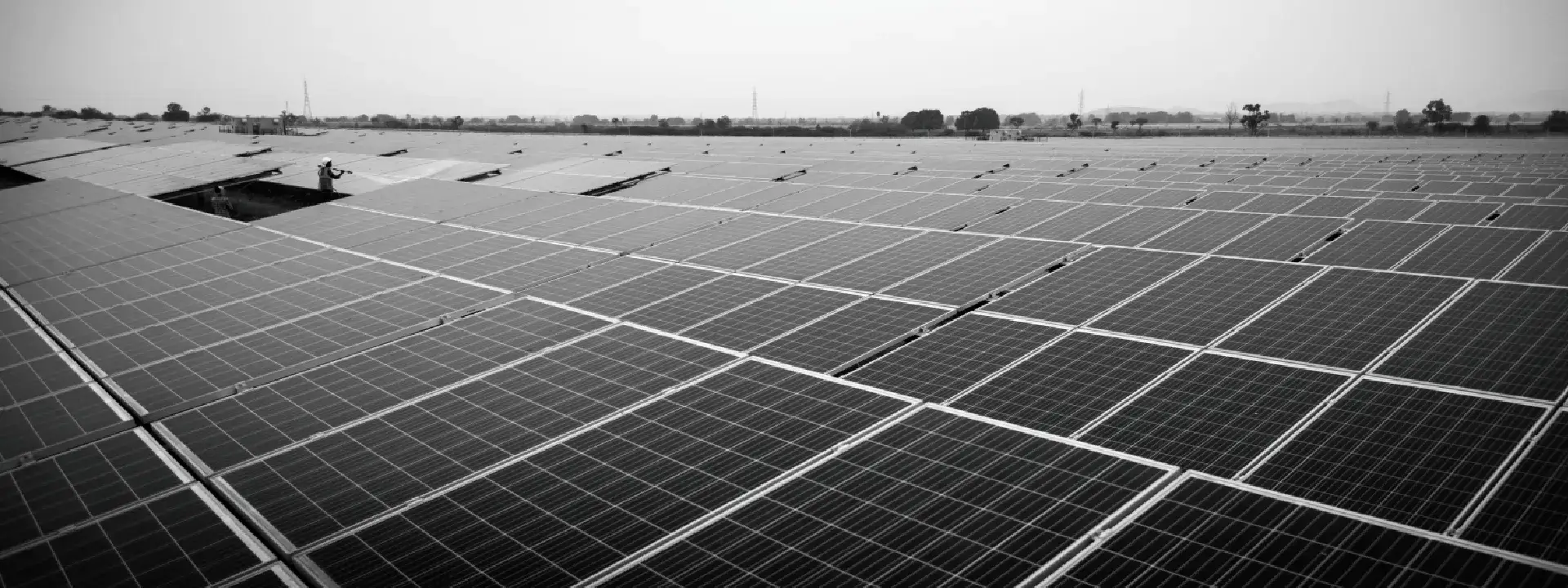


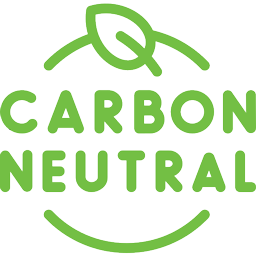

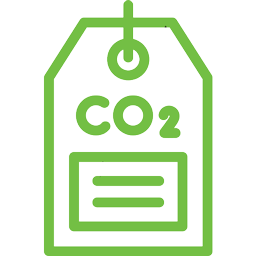

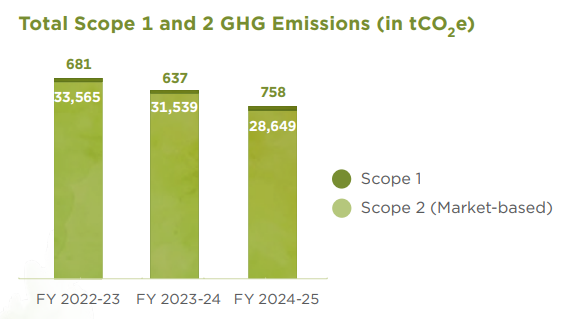
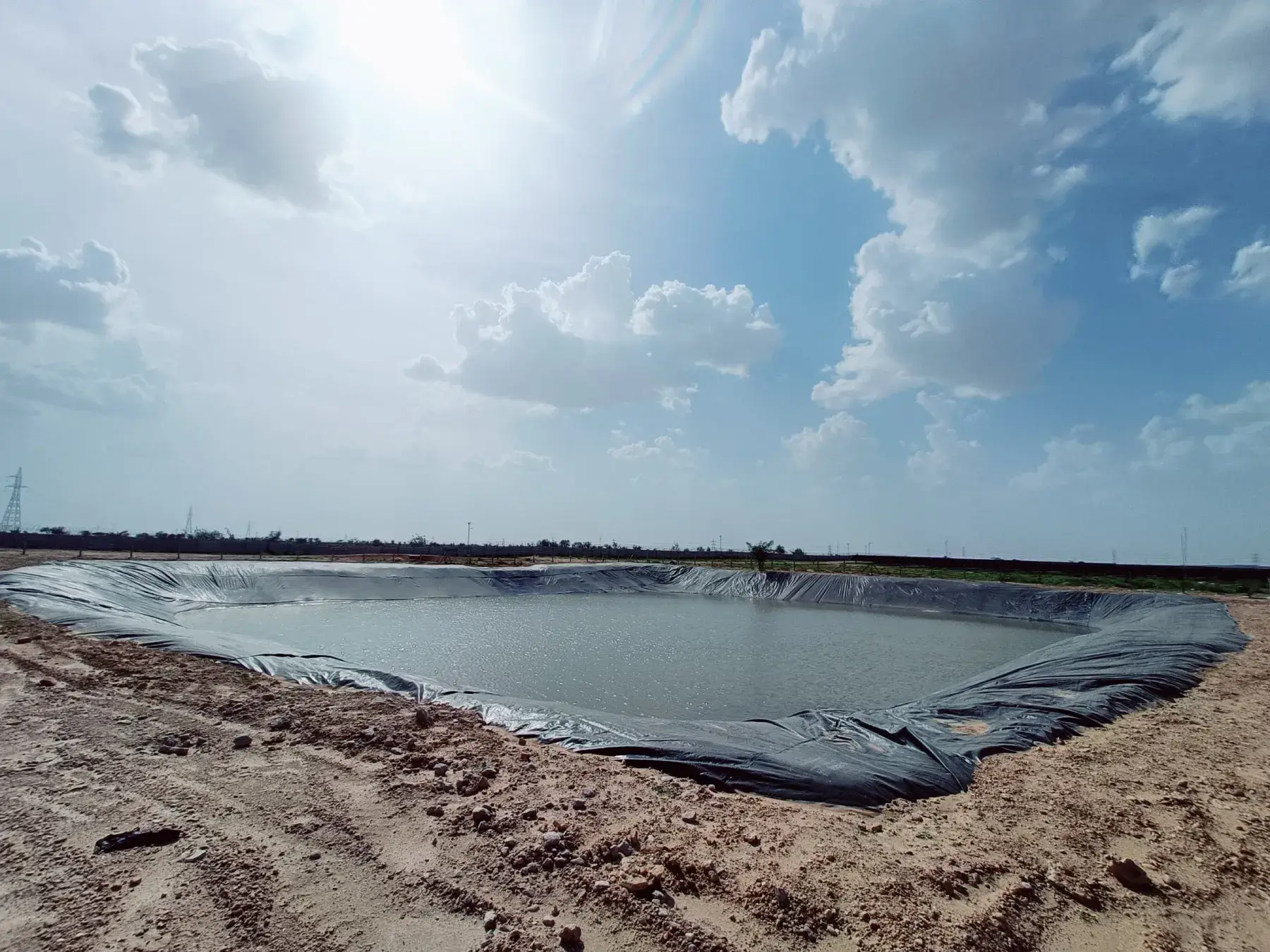

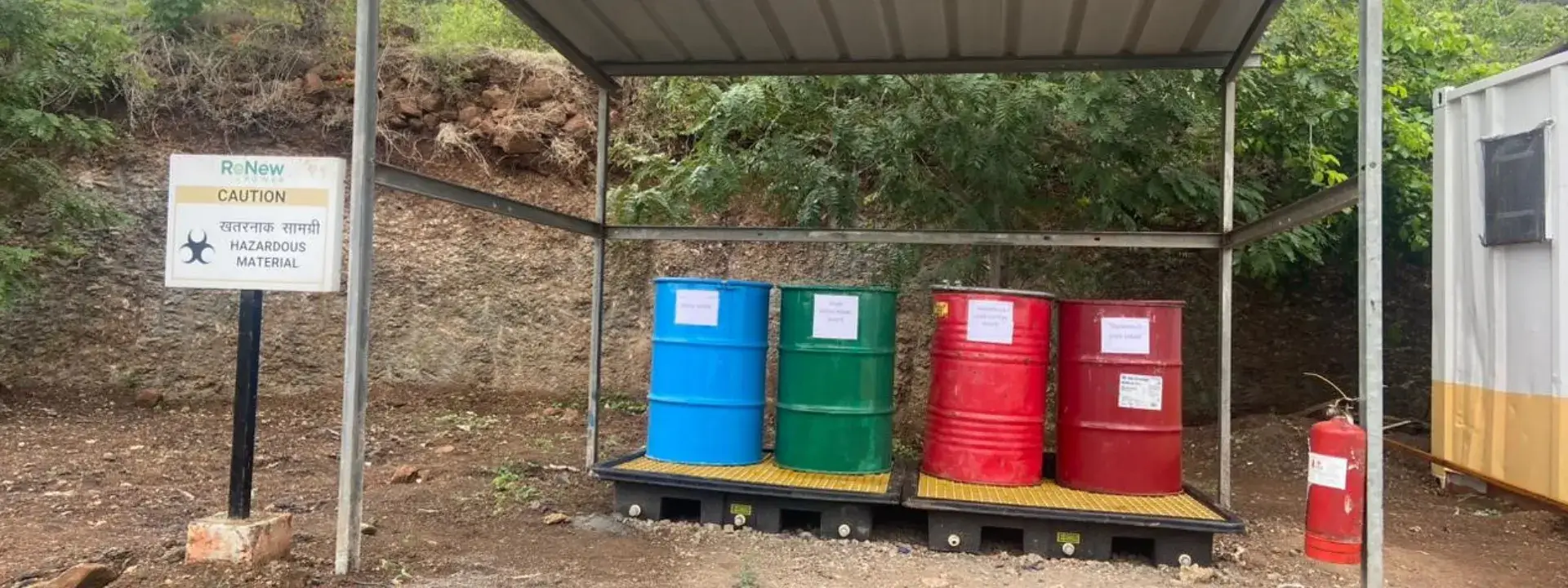
.webp)